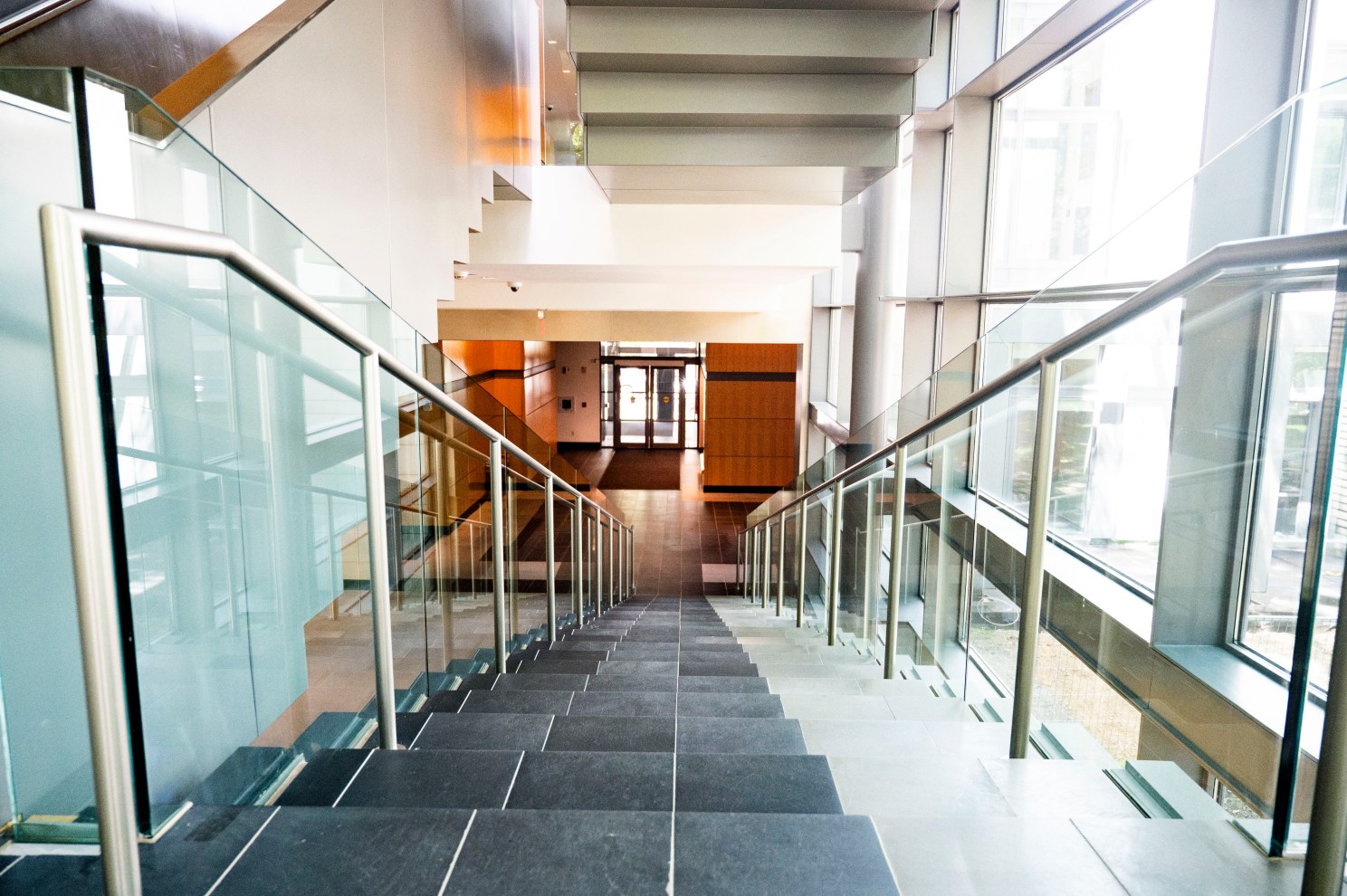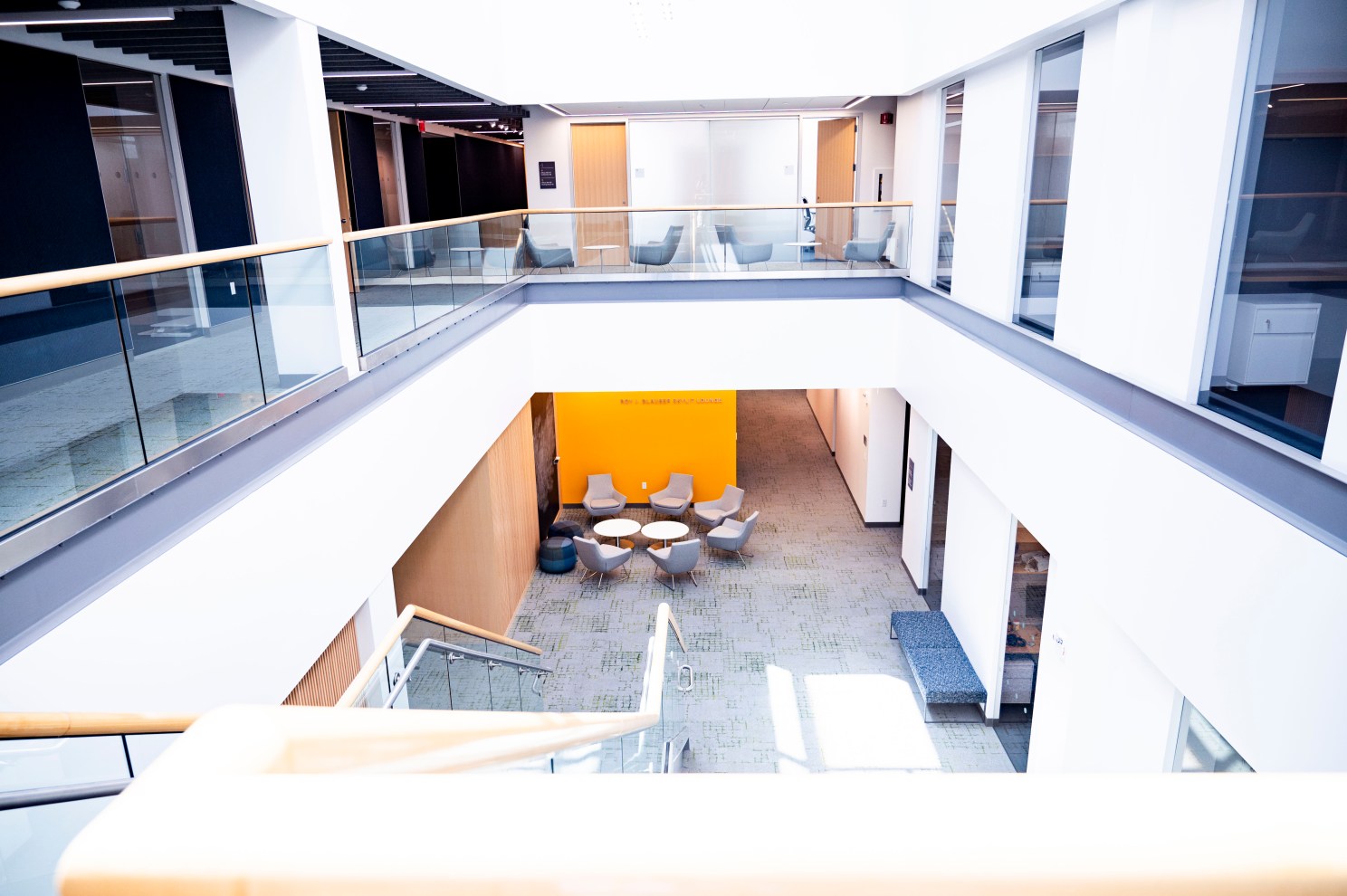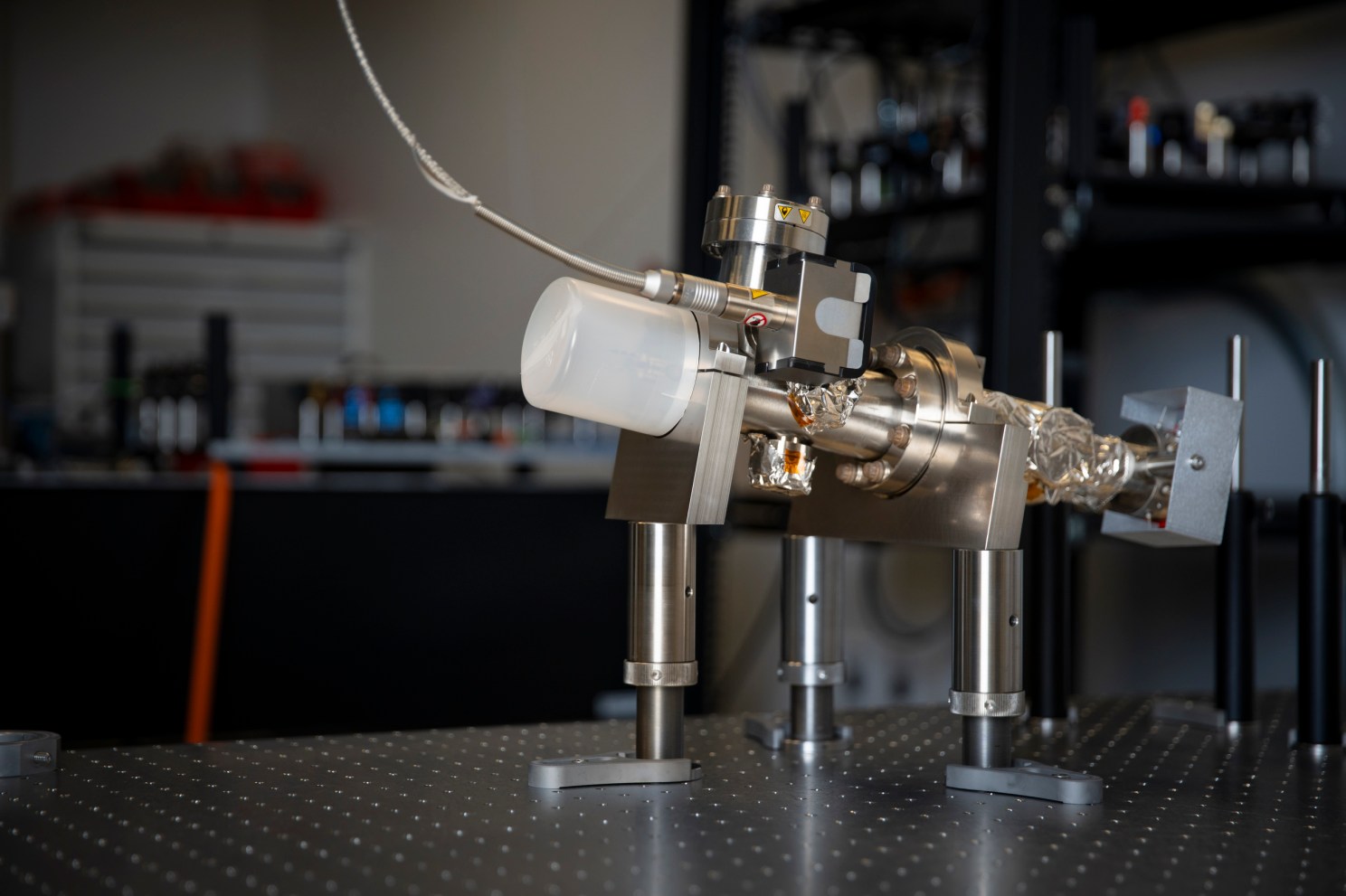Quantum science at Harvard is finally home.
The interdisciplinary consortium of researchers with the Harvard Quantum Initiative has settled in its own space, which was completed this summer, at 60 Oxford St. in Cambridge.
The David E. and Stacey L. Goel Quantum Science and Engineering Building is a top-to-bottom, 70,000-square-foot renovation of the University’s former data center built in 2004, in the heart of Harvard’s science campus. It houses researchers across multiple disciplines, including Harvard’s Rowland Institute and the John A. Paulson School of Engineering and Applied Science, in addition to HQI scientists working at the forefront of quantum engineering, network- color, and concept.
The building houses faculty and student offices; meeting places; state-of-the-art, state-of-the-art laboratories; informal discussion areas; “quantum shop” and engineering tools for researchers; and a teaching lab.
“The incredible possibilities for innovative ideas that occur through contact and proximity can advance innovation in huge ways,” said HQI Co-Director Evelyn Hu, the Tarr-Coyne Professor of Applied Physics and Electrical Engineering. He said, the Goel Building will be a “dream department” for the research community.

A look inside the David E. and Stacey L. Goel Quantum Science and Engineering Building.
Photo by Jon Ratner

A laser system for atomic healing in the lab of Giulia Semeghini.
Niles Singer / Harvard Staff Scholar

Meeting spaces are designed to spark creativity and collaboration.
Photo by Jon Ratner

An atomic source in the laboratory of Giulia Semeghini.
Niles Singer / Harvard Staff Scholar
The Rowland Institute, a fellowship program for early career scientists who take creative risks in their research, has moved its physical scientists to the Goel Building after living near Kendall Square in since 2002, when the institute founded by Edwin H. Land first merged with Harvard. While chemists and engineers, some of whom work with quantum materials, will occupy the building’s second floor, Rowland’s biologists will work in the adjacent Northwest Building. Shared meetings and public spaces are expected to generate greater collaboration between HQI and Rowland’s experts.
“I think we wanted to create ways to change the dynamics of how people work together,” said Christopher Stubbs, a former science teacher in the Department of Arts and Sciences. He said the architects had a limited vision of the old academic building and the project site was simple.
“I think we wanted to create ways to change the dynamics of how people work together.”
Christopher Stubbs
The university thrives by “changing and adapting,” agreed John Doyle, director of HQI and the Henry B. Silsbee Professor of Physics.
“The Goel building is made up of different public and meeting spaces than usual. We’ve even created a different, more robust way to allocate research space to make better use of one of our most valuable resources at Harvard,” said Doyle.
Planning for the area began in earnest around 2020, but the need for space for science education and research was recognized long before that. What would eventually become the Harvard Quantum Initiative had first come together around 2004 as a dedicated group of researchers studying quantum optics and related areas. HQI was officially established in 2018.
“It was clear at that time that we needed a home, both for high-quality labs, but also for the public,” said Mikhail Lukin, director of HQI and Joshua University Professor and Beth Friedman in the Department of Physics.
One of the first to enter is Giulia Semeghini, assistant professor of applied physics, who joined the SEAS faculty in 2023 after completing postdoctoral research at Harvard.

“These interactions are important, and having more opportunities to facilitate discussions is very beneficial,” said Giulia Semeghini, assistant professor of applied physics.
Niles Singer / Harvard Staff Scholar
An experimentalist developing quantum computers using ytterbium and rubidium atoms, Semeghini led experiments that required precise control of temperature, humidity and motion, all of which were key building blocks.
As Semeghini’s team aims to build a sustainable quantum computing platform, he recognizes the importance of connecting with other fields outside of atomic physics.
“HQI brings people together,” he said. “These interactions are important, and having more opportunities to facilitate discussions is very beneficial.”

“This is really a spirit to bring us all together,” said Rowland Fellow and HQI member Ismail El Baggari about the new space.
Photo by Grace DuVal
Rowland Fellow and HQI member Ismail El Baggari completed the move to the new building in early August along with other staff and employees. An experimental physicist developing low-temperature imaging techniques to study quantum materials, El Baggari is busy setting up a laboratory in the Goel Building while continuing to acquire shared microscope facilities at the Center for Nanoscale Systems , around the corner from the Laboratory for Integrated. Science and Engineering. His research goals include using liquid helium to cool rare materials down to 4 Kelvin and using cryogenic electron microscopy to examine their quantum properties.
“I think we have research projects where the electron microscope can really deal with HQI, and we can think of new problems that we can solve now that we have this cooling capability – things that we were without thinking about them first,” El Baggari said. “It’s great to have these kinds of conversations and discussions, and this is the spirit that brings us all together.”
#Quantum #youre #home #Harvard #Gazette